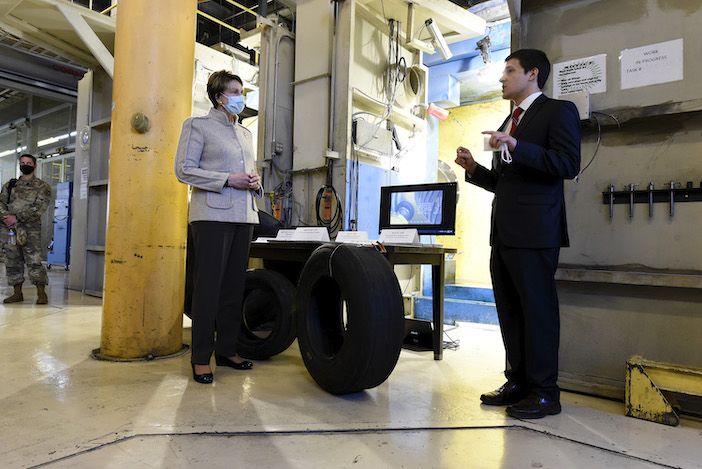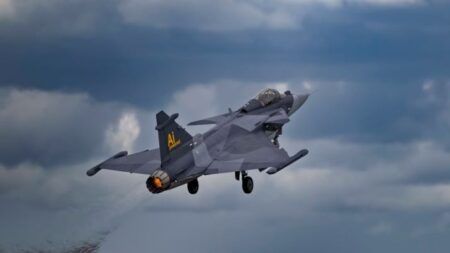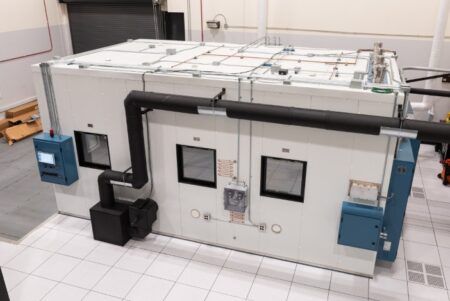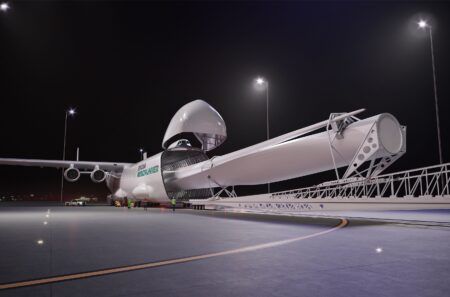Engineers from the US Air Force Test Center’s Landing Gear Test Facility at the Wright-Patterson Air Force Base, Ohio have developed a test that can identify, characterize and classify tire wear under realistic operational conditions, potentially saving thousands per tire over the life cycle.
The prediction of aircraft tire wear is a complex, time-intensive phenomenon, highly dependent on multiple variables. Historically, testers focused on the structural integrity of a tire prior to use. However the capability to quickly and accurately predict tire wear has remained a challenge across the logistics community.
Missionized Tire Wear Testing uses specialized lasers and digital scanning technologies with a 168in internal drum dynamometer, a machine that operates at speeds up to 350mph and can provide variable levels of brake torque for aircraft tire wear testing. Replicated 3-D runway surfaces enable predictive tire wear data based on tests that use realistic ground conditions, therefore identifying potential issues and providing for design improvements early in the manufacturing process.
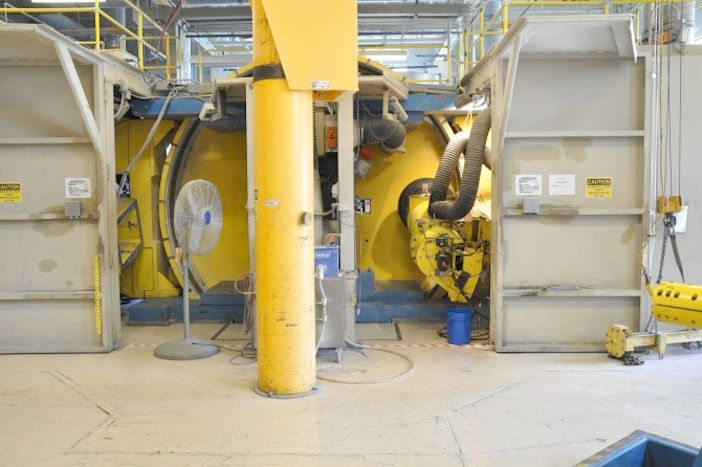
“This capability significantly reduces acquisition development timelines, life cycle costs and mishap risks prior to production and fielding,” said Gary Wollam, director, 704th Test Group’s Aerospace Survivability and Safety Office. “We’re combining digital modeling, testing and field data to effectively replicate runway surfaces and predict the behavior of a tire over time. This improves the safety of a tire and can identify issues prior to actual manufacturing and implementation on an aircraft.
“The ability to clone and replicate individual runway surfaces to examine tire interactions is key to this capability. We can examine take-off, taxi and landing conditions, with the data leading to the identification of better tire wear requirements for future tire specs.”
Wollam identified a number of recent successes leveraging the testing technology. The data from recent missionized wear tests improved tire life for one platform from approximately two to more than 24 landings per tire, with savings anticipated to exceed US$6 million per year.
As a key tool in the KC-135 Life Cycle Cost Program assessment, the technology simulated the impacts of three years of landings on a tire in less than six months. The data collected is predicted to result in nearly US$1.2 million in cost savings per one tire across the fleet over the next three years.
During a recent T-38 mishap investigation, the tool was used to assess cross-wind landing conditions. The testers were able to accurately replicate mishap conditions and results in a ground test environment. This resulted in new tactical guidance for landings that will be implemented into training simulators, thereby improving pilot safety.
“This next generation technology has helped us to fill test gaps, reduce flight test risks and reduce life cycle costs for the DoD fleet,” said Wollam. “This is just another one of our world-unique capabilities. As the premier Department of Defense landing gear ground test organization, we continue to innovate and push technology to ensure the safety and readiness of our warfighters.”


